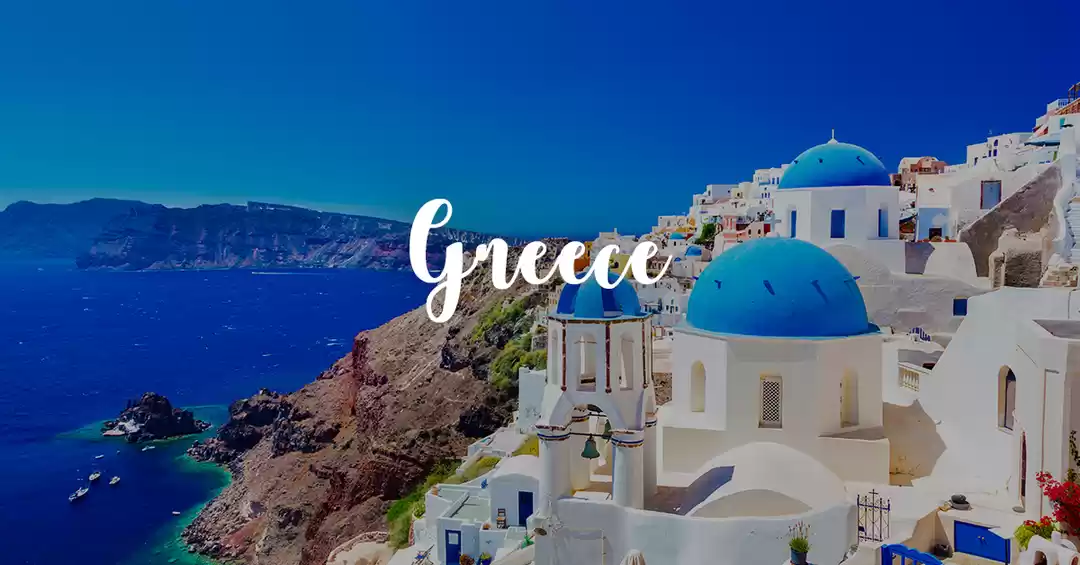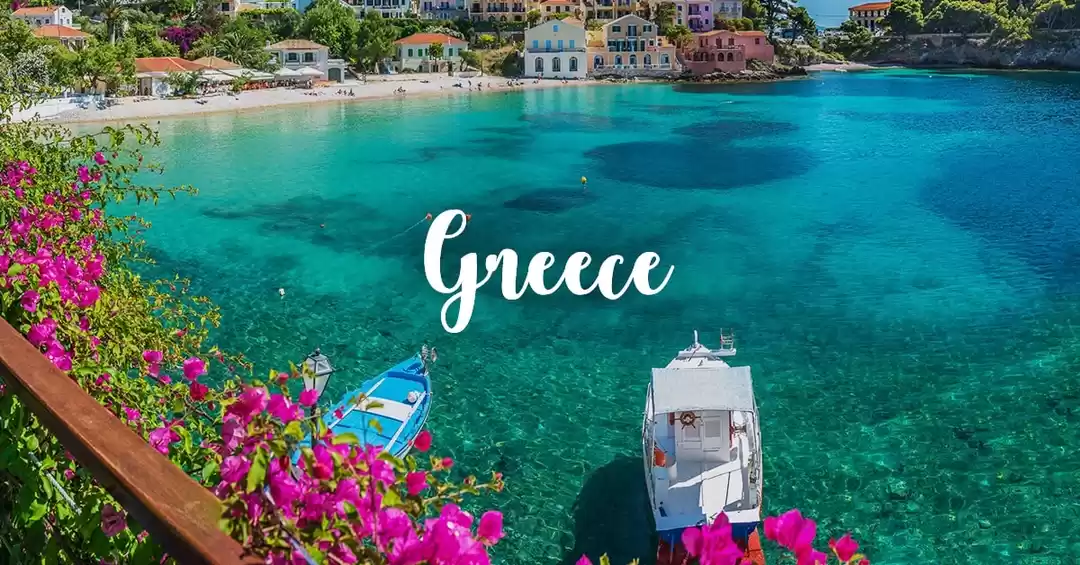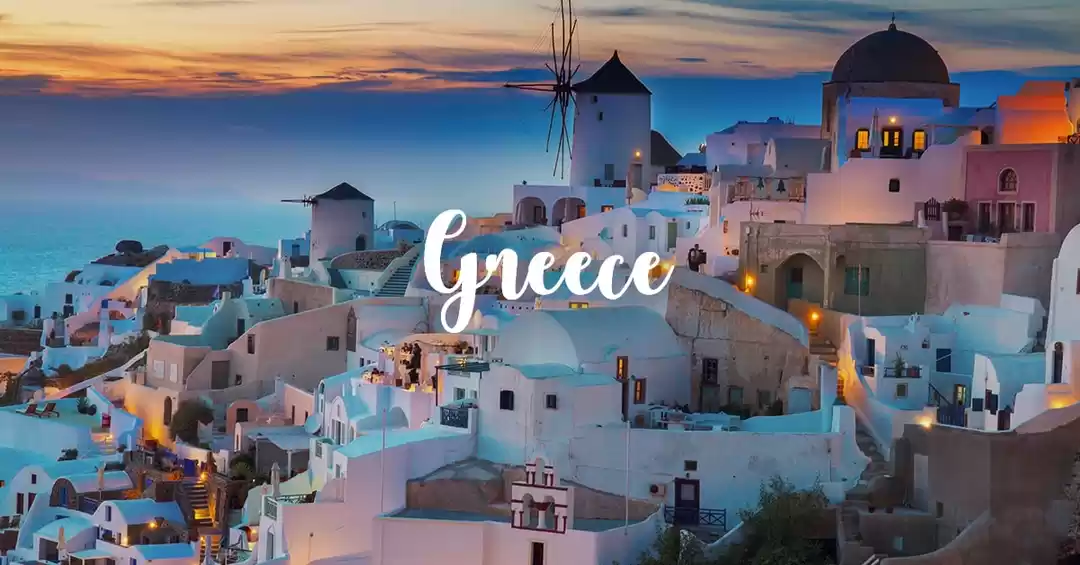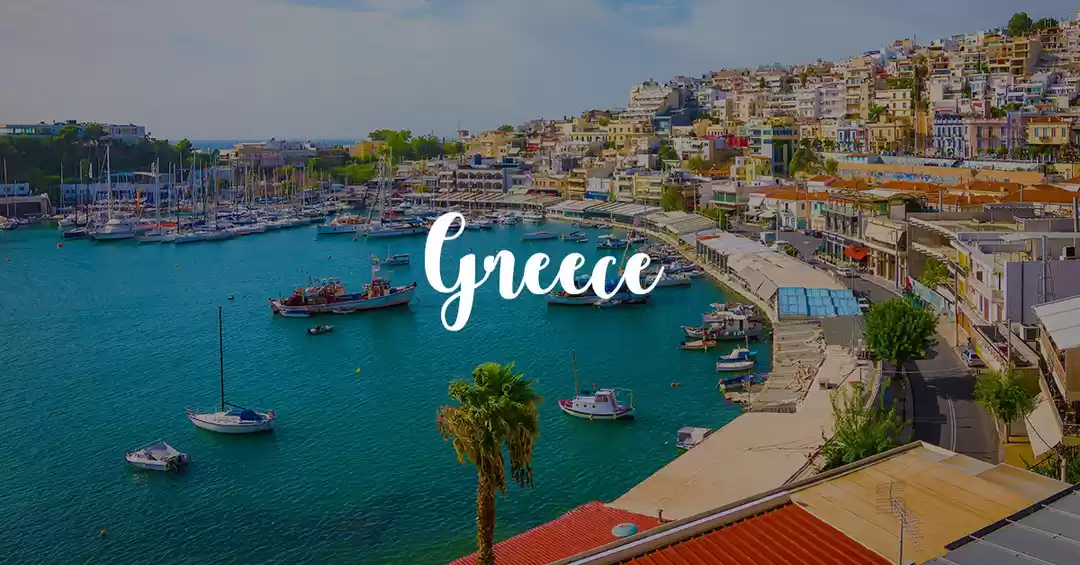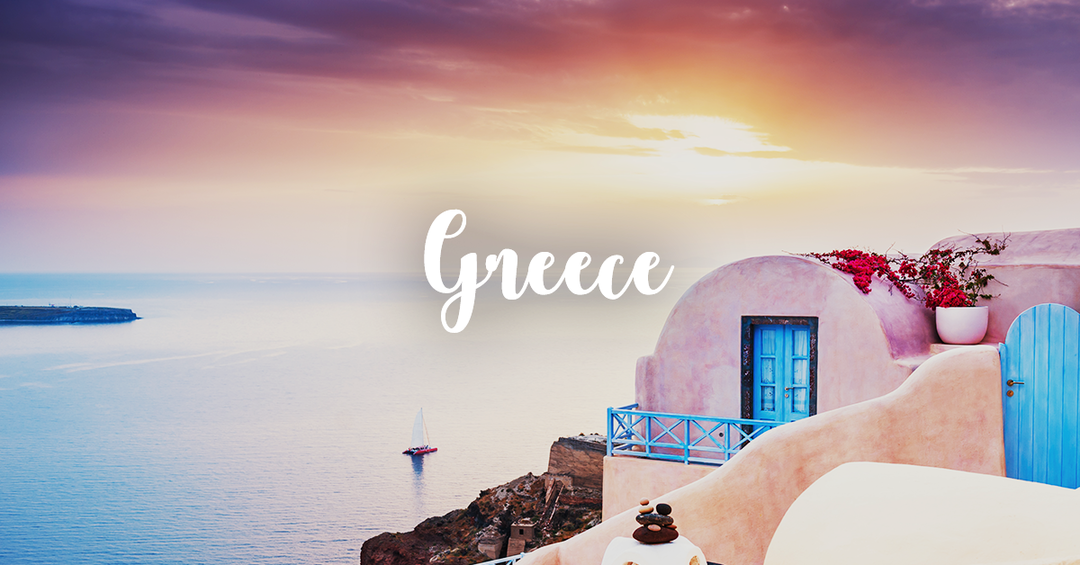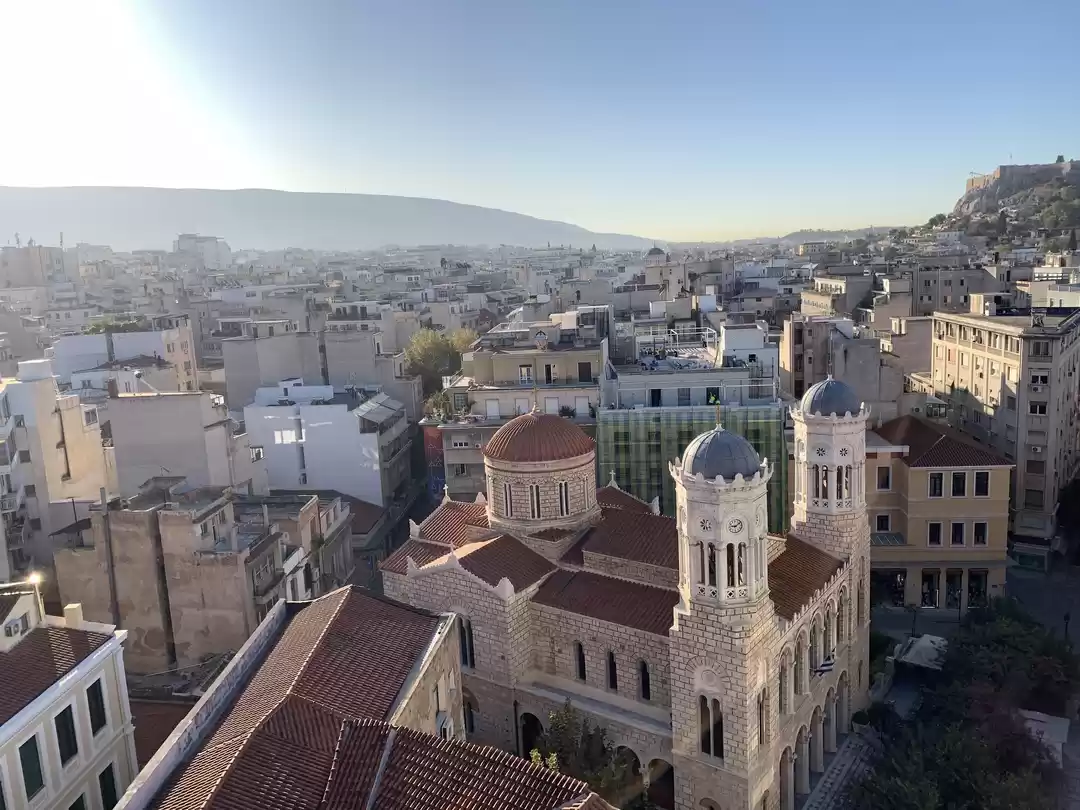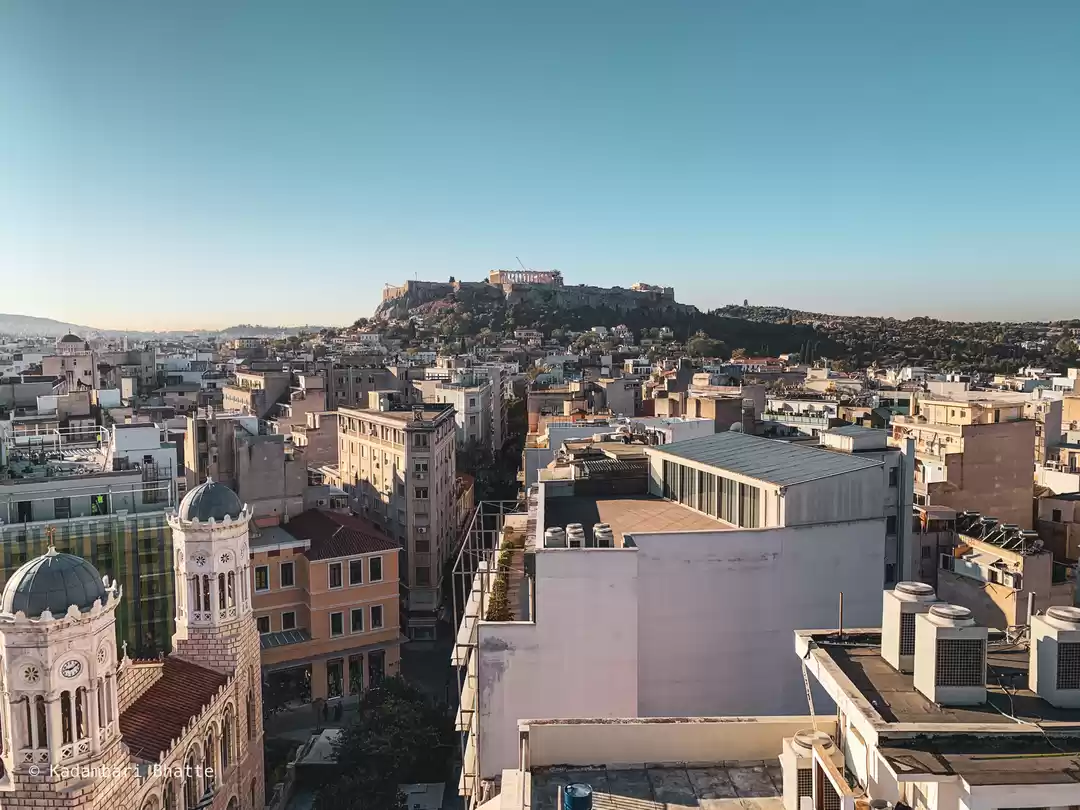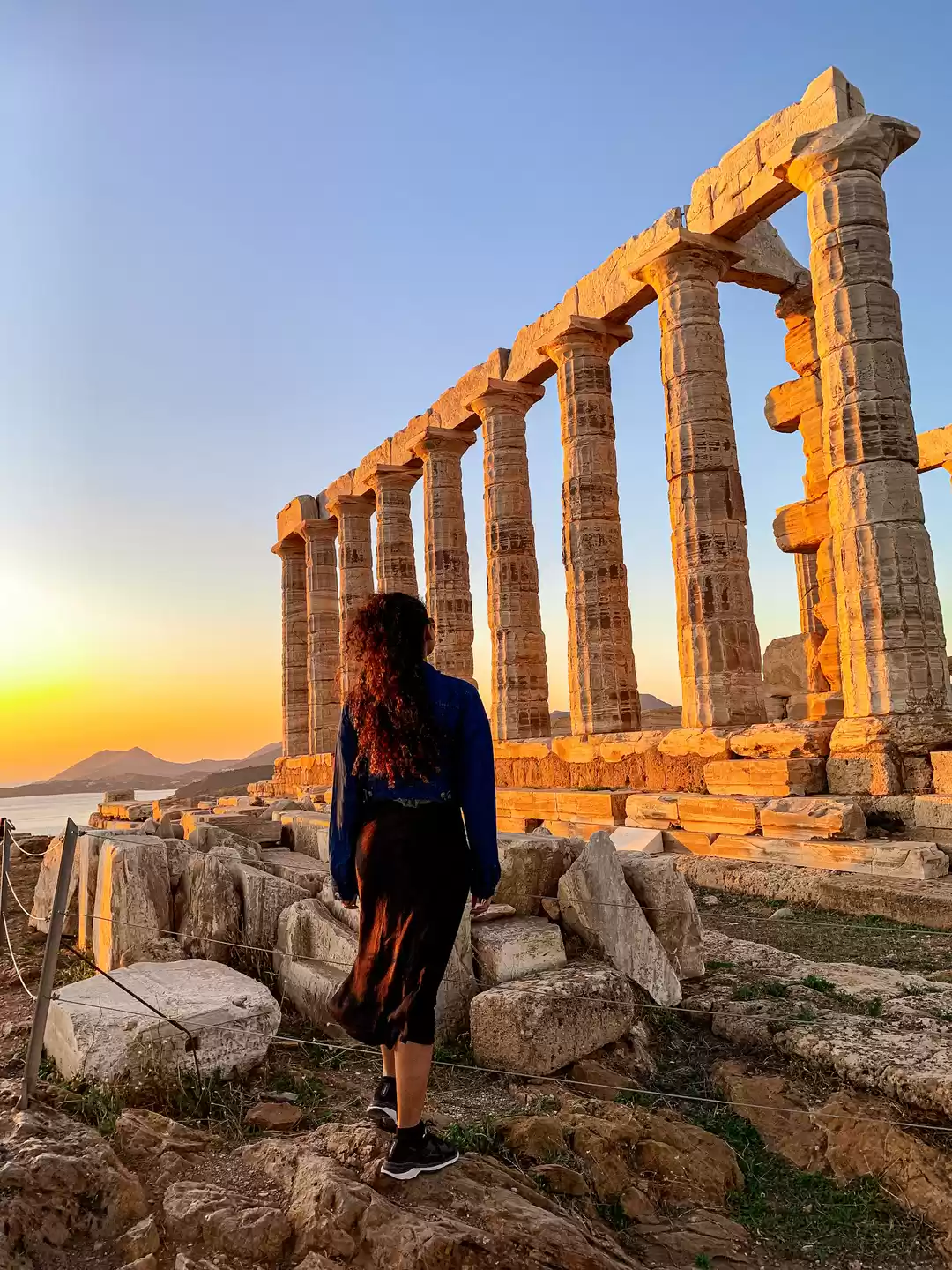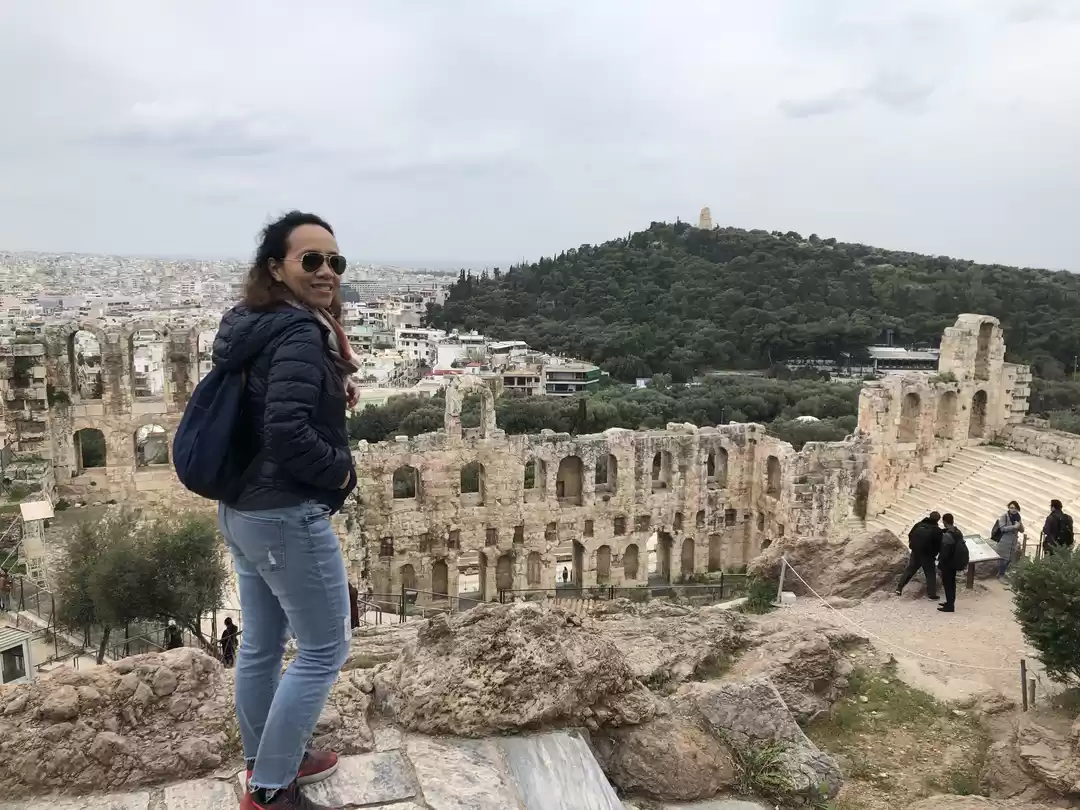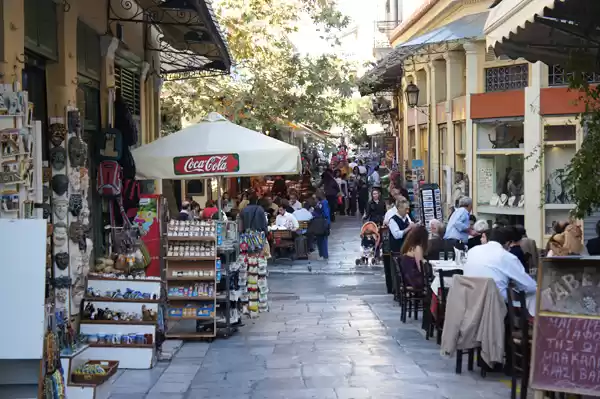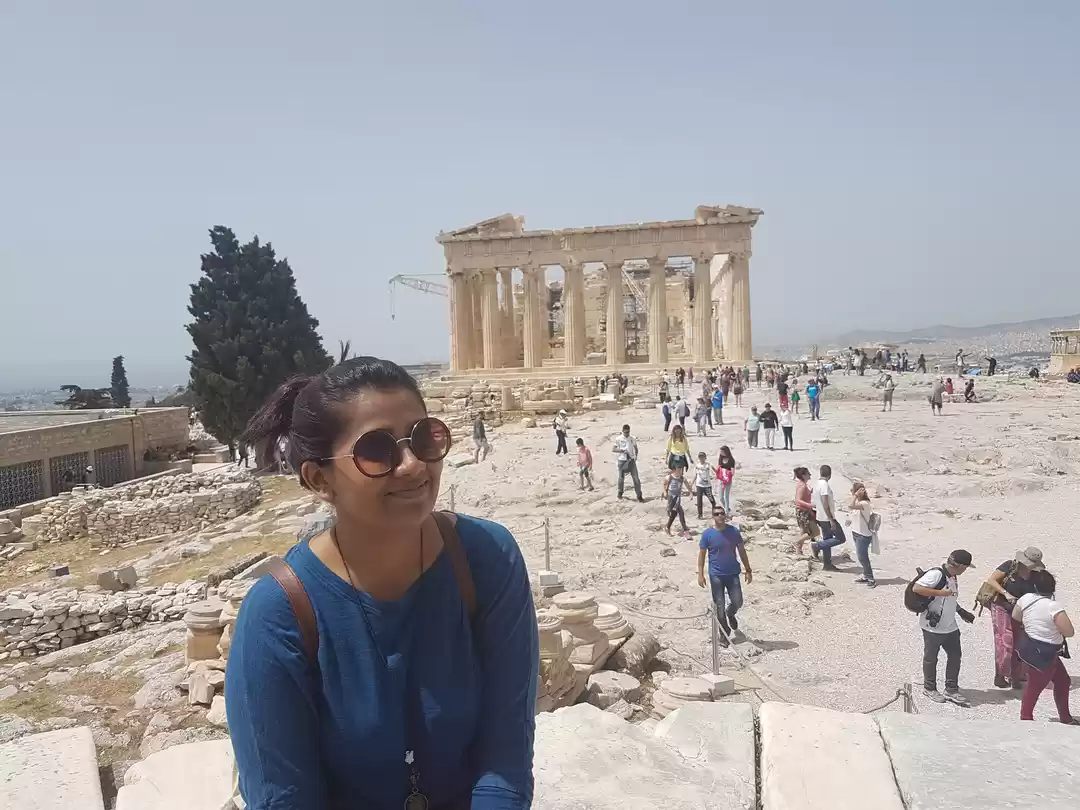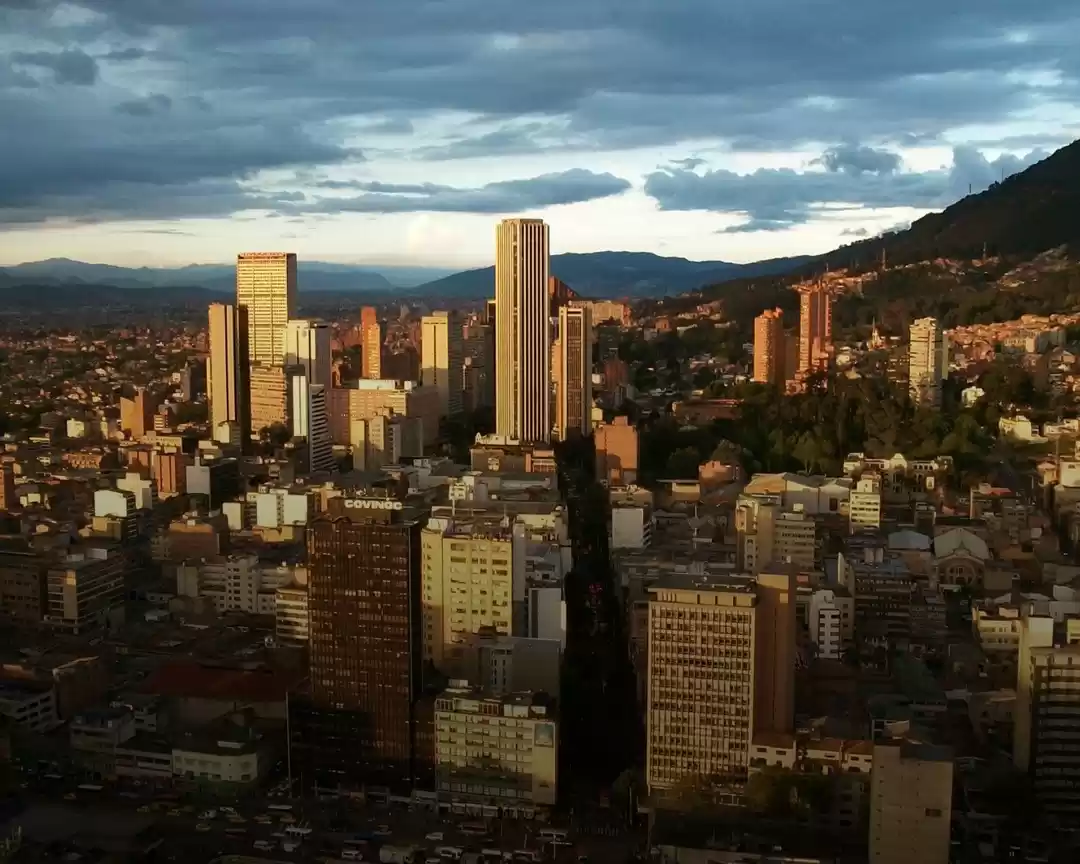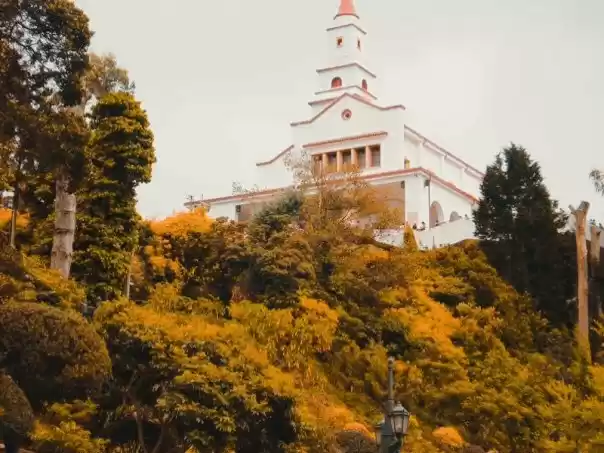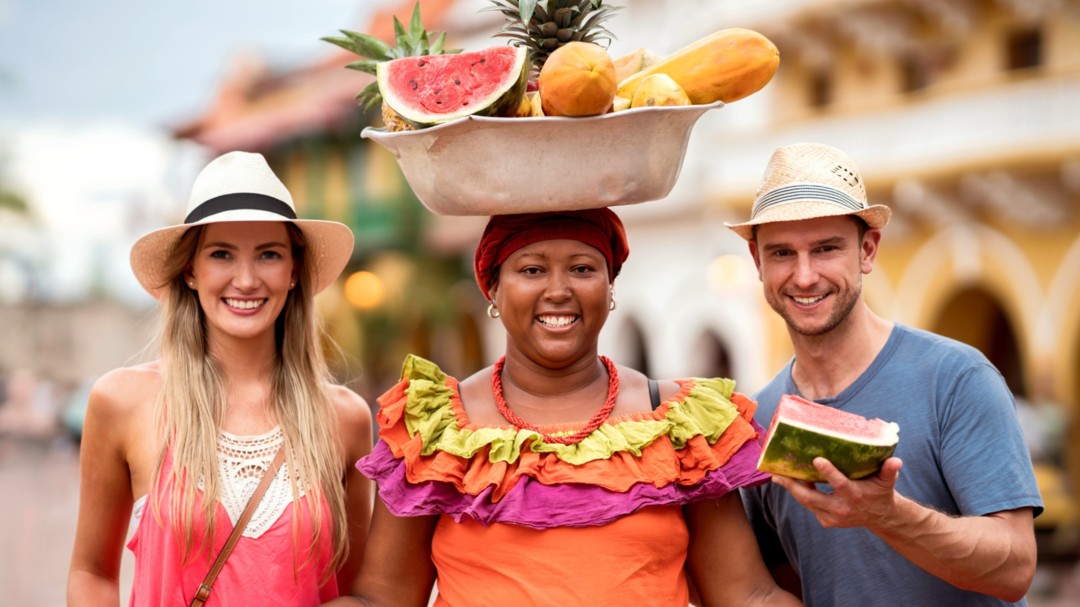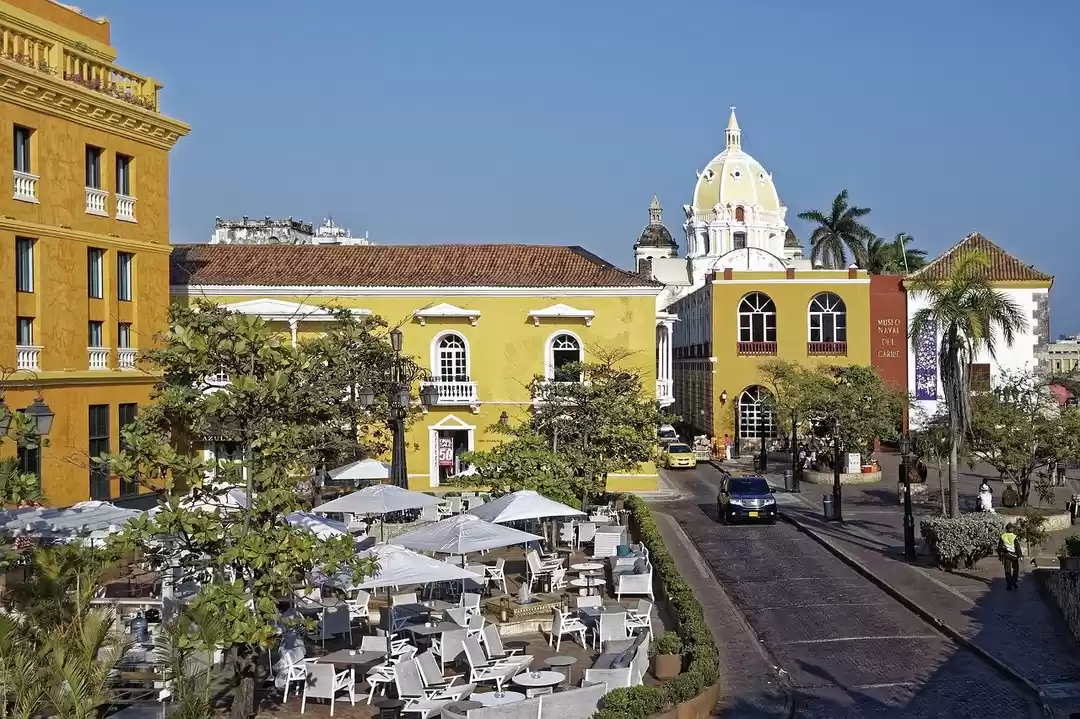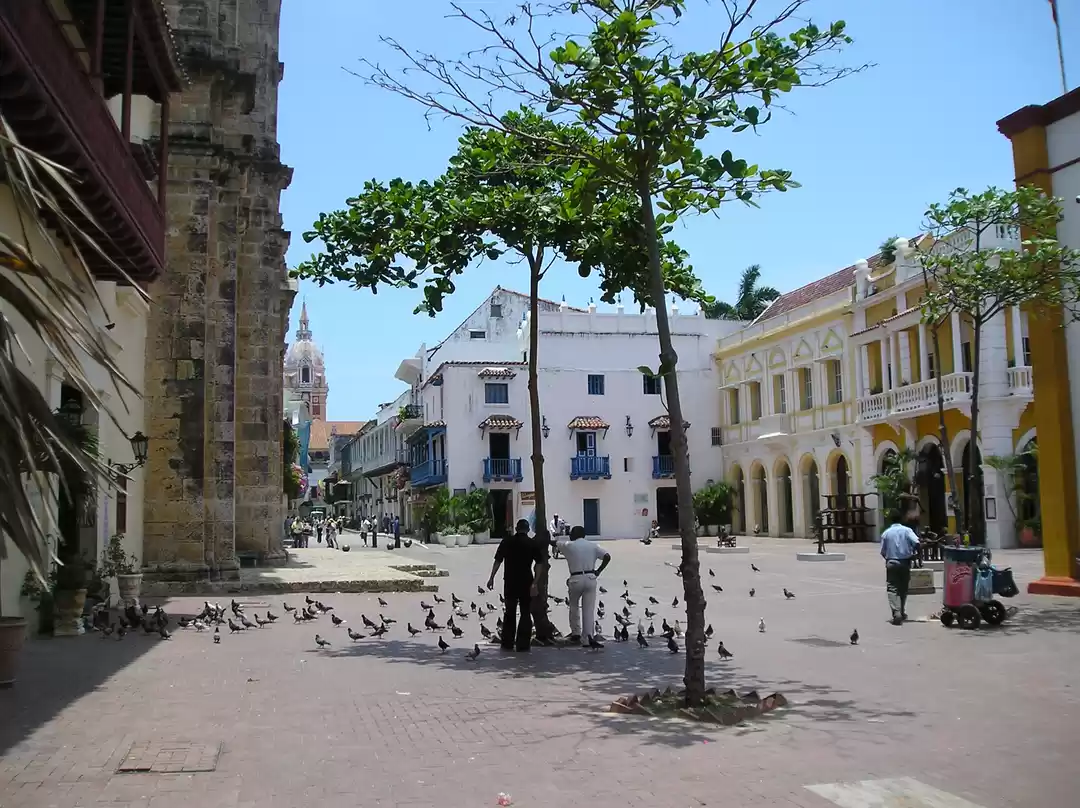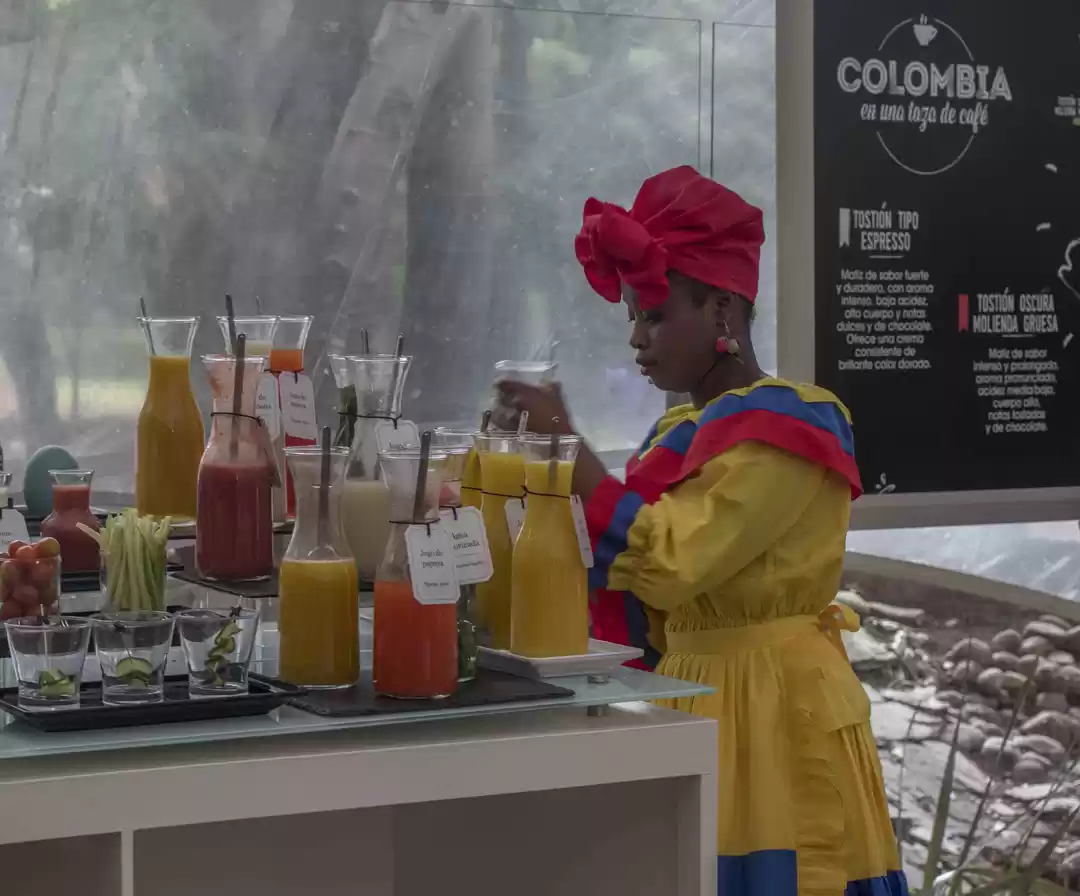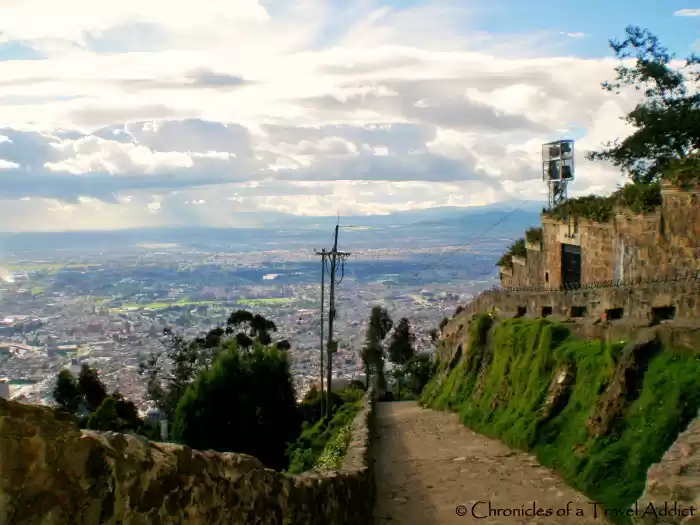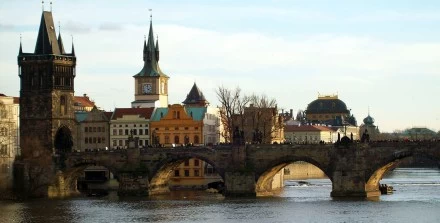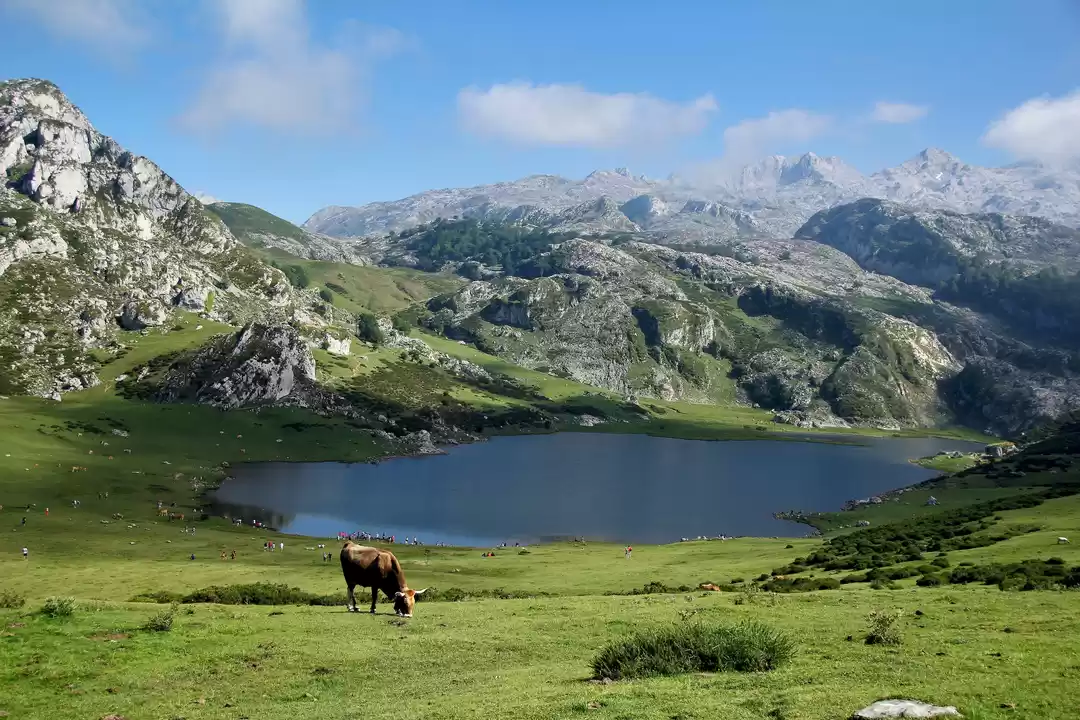




Weather: This might seem counterintuitive, because a lot of people complain about the weather in Bogotá. It rains. A lot. And the skies are often grey. But when the sun breaks out, the high altitude and the crystaline skies means the day sparkles. And if you don't like that, just wait. Bogotanos will joke that the city gets all four seasons in a day, from the bright spring of the morning, to the heat at noon, to the rain and chill of the afternoon and the crisp autumn of night. And that's often true.
Bike paths: Bogota has one of the largest networks of bike paths in the world. On any given Sunday, something like 300 km of the city's roads are partially closed to automobiles and given over to bikers, walkers, rollerbladers and various other wheeled types. And Mike Caesar, who has an excellent blog, runs a cycle tour of the city that will take you through the more "interesting" parts of the burg, from the historical district of La Candelaria to the red light district of Santa Fe.
Bandeja Paisa: Some will say this amazingly filling and delicious dish isn't Bogotano, but from Medellín, given that it contains "paisa" in the name. Who cares? It's a giant serving of rice, beans, ground beef, plantain, avocado, chicharron, an arepa and a fried egg. You'll be fed for days with this meal, which is one of my favorite things to eat in Colombia. Total comfort food. Throw in a glass of fantastic lulo juice, and you've got an almost perfect lunch to get through the rest of the Bogotá day. In fact, the juices themselves are enough to warrant a visit. They're outstanding.
Street Art: Bogotá has become a mecca for graffiti artists since Diego Felipe Becerra was gunned down by police in 2011 for spray-painting a Felix the Cat image on the walls of an underpass. The city was repulsed by the shooting and the cops' subsequent attempts to portray Becerra as a suspected armed robber. There were protests and the eventual arrest of two police officers. Today, however, Bogotanos look at much of this marvelous graffiti with pride, and it's common to encounter breathtaking murals on the sides of buildings depicting mystical landscapes, trippy psychic scenes (think 1960s album covers) or protest art about the plight of Colombia's victims of the 60-year-old conflict. And this art often has the imprimatur of the city government, which has commissioned work from some of the city's better-known artists. Being exposed to such creativity on a daily basis can't help but spark a little inspiration of your own.
Coffee: In truth, Colombians don't drink as much coffee as, say, folks in Brazil or the United States. And most of the really good stuff, from the arabica beans grown in the central Zona Cafetera, is exported. The street brew you can find for a few pennies isn't very good. But enter Juan Valdez, Colombia's answer to Starbucks. The coffee there is rich and flavorful, and it's produced from locally grown beans. The stores themselves are clean, with free wi-fi and a decent enough vibe that hanging out there all day and writing is a real option.
Museums: Bogotá is thick with museums, and if this is your thing, you're going to like it here. From the National Museum-housed in an imposing but grand former prison-to the spectacular Museo de Oro, Bogotá's temples of history are must-see items for the casual tourists and welcome refuges for long-time residents looking to escape the chaos of the city on a rainy afternoon. The Museo de Oro, especially, is worth several hours as its collection of gold artifacts, extensive information about pre-Columbian civilizations and the impact of colonialism is truly world-class.
Mountains: Colombia has some awful geography. While overall, they're spectacular and the source of much of the country's natural beauty, the three mountain ranges, called cordilleras, make getting around the country terrible. The plus side is that Bogotá is nestled in an Andean plateau more than 2,600m high in the Eastern Cordilla. On the city's east side, these mountains climb up into the clouds before plunging away into the llanos, the continent's vast tropical grasslands that run all the way to the Atlantic Ocean. These mountains give the city a primal feel, and they're really useful for orienting yourself, too. I love the height and the majesty of these folds in the earth, and any view that includes mountains is a good view in my book. Bonus: Monserrate, the central mountain of Bogotá, has a 17th Century church high on its 3,152m peak visible from everywhere in the city. It's romantic and lonely at the same time. Like me.
Respect for the Written Word: Colombia's most famous writer, the Nobel laureate Gabriel García Márquez, died this weekend at the age of 87, and the city is in mourning. President Juan Manuel Santos has declared three days of national mourning and a public ceremony is planned next week. But apart from the death of "Gabo," as he was affectionately known, Colombia is chock-a-block with bookstores, libraries and universities. Its nickname is the Athens of South America. Reading is prized here, and journalists-the well-known ones, anyway-are usually widely respected. Too bad they're generally paid so little.
Three-day Weekends: Colombia is a Catholic country, even if many are only Catholic in name-only. But if the number of Catholics are declining, the number of Catholic holidays isn't. There are 18 or 19 three-day weekends based around Catholic saints, the Virgin Mary, Easter, whatever. I say 18 or 19, because I haven't been able to find an accurate count of what days are and aren't considered holidays. Only Argentina has more three-day weekends than Colombia, and Congress last year was considering adding one more to the calendar, bringing Colombia even with Argentina. All these days off mean productivity in Colombia isn't the highest, but it also means there are a lot of opportunities to get out of Bogotá and see some of the nearby country.
There you go. Ten things to love about Bogotá and, by extension, Colombia. My year here is growing to a close. There are a lot of things I'm not going to miss about this place, but there are a lot of things I will-not the least the extraordinary people I've met here. Adiós.



